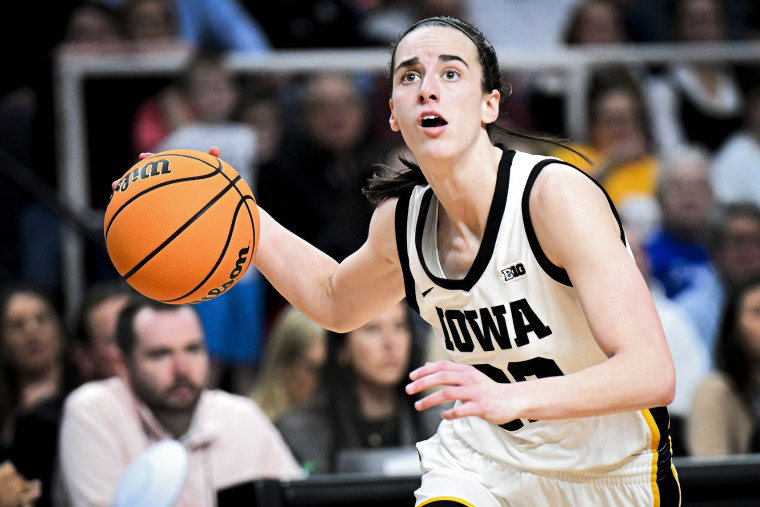Women’s college basketball has grown exponentially in popularity and competitiveness over the past few decades. This dynamic sport, known for its intense gameplay and impressive athleticism, has captivated audiences and inspired young athletes across the globe. From historic milestones to the present-day landscape, women’s college basketball is a testament to resilience, talent, and the power of sport.

Historical Milestones
Women’s basketball traces its origins to the late 19th century, closely following the invention of the sport by Dr. James Naismith. The first recorded women’s basketball game took place in 1892 at Smith College in Northampton, Massachusetts. However, it wasn’t until the passage of Title IX in 1972 that women’s college basketball began to flourish. Title IX, a landmark federal civil rights law, prohibited gender discrimination in educational programs and activities, including sports. This legislation paved the way for increased funding, better facilities, and more opportunities for female athletes.
The Evolution of the Game
Since the enactment of Title IX, women’s college basketball has undergone significant transformations. Early pioneers like Pat Summitt of the University of Tennessee and Geno Auriemma of the University of Connecticut have left indelible marks on the sport. Summitt’s formidable coaching career, with over 1,000 wins, and Auriemma’s impressive record of national championships have set high standards for the game.
The evolution of women’s college basketball is also reflected in the playing style. The sport has shifted from a slower, more methodical pace to a fast-paced, high-scoring affair. Players are now more versatile, exhibiting skills that rival their male counterparts. The increased emphasis on strength and conditioning programs has also contributed to the enhanced physicality and endurance of the athletes.
Prominent Programs and Rivalries
Certain programs have established themselves as powerhouses in women’s college basketball. The University of Connecticut Huskies, with their multiple national championships, are synonymous with excellence. Their rivalry with the Tennessee Lady Volunteers has produced some of the most memorable moments in the sport’s history. Other notable programs include the Stanford Cardinal, the Baylor Lady Bears, and the South Carolina Gamecocks, each boasting their own storied traditions and successes.
Impact on Society and Culture
Women’s college basketball has had a profound impact on society and culture. It has provided a platform for female athletes to showcase their talents and break down gender barriers. The visibility of successful women’s basketball programs has inspired young girls to pursue their athletic dreams and has contributed to the broader movement for gender equality in sports.
The sport has also produced role models who have transcended basketball. Players like Sheryl Swoopes, Diana Taurasi, and Maya Moore have not only excelled on the court but have also become influential figures off the court. Their involvement in social justice causes and advocacy for women’s rights has amplified the importance of using sports as a vehicle for change.
Challenges and Future Prospects
Despite its growth, women’s college basketball faces several challenges. Issues such as unequal media coverage, disparities in funding compared to men’s programs, and limited professional opportunities post-college continue to hinder the sport’s progress. Addressing these challenges requires concerted efforts from stakeholders, including universities, media outlets, and governing bodies.
The future of women’s college basketball, however, looks promising. The increasing popularity of the NCAA Women’s Basketball Tournament, often referred to as “March Madness,” has brought the sport into the mainstream spotlight. The rise of social media has also provided a platform for players to build their personal brands and connect with fans.
Moreover, initiatives aimed at promoting women’s sports, such as increased broadcast deals and sponsorships, are likely to further elevate women’s college basketball. As more resources are invested in the sport, the level of competition will continue to rise, leading to even more thrilling games and inspiring stories.
Conclusion
Women’s college basketball is a dynamic and rapidly evolving sport that continues to captivate and inspire. From its humble beginnings to its current status as a major collegiate sport, it has made significant strides in promoting gender equality and empowering female athletes. As the sport continues to grow, it promises to offer even more excitement, talent, and societal impact in the years to come.